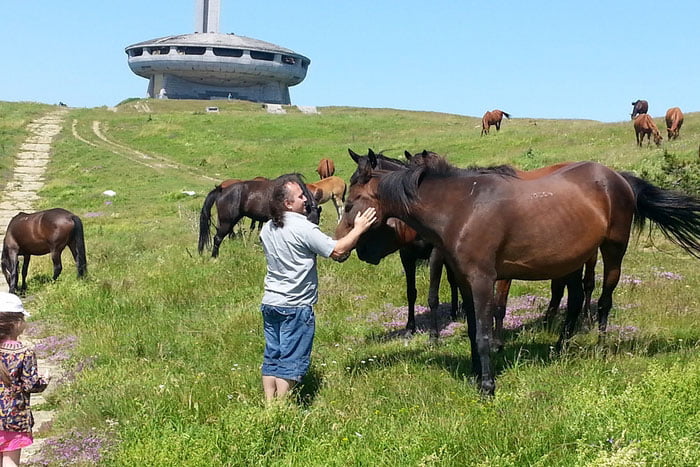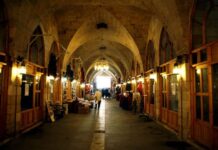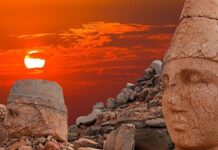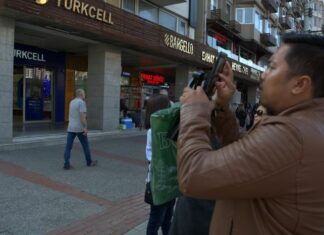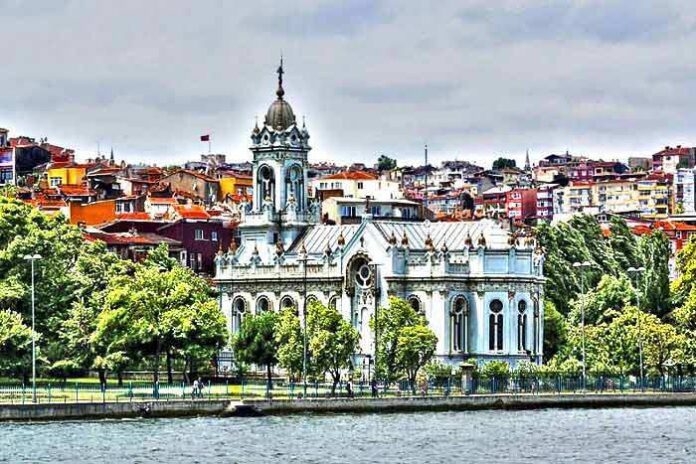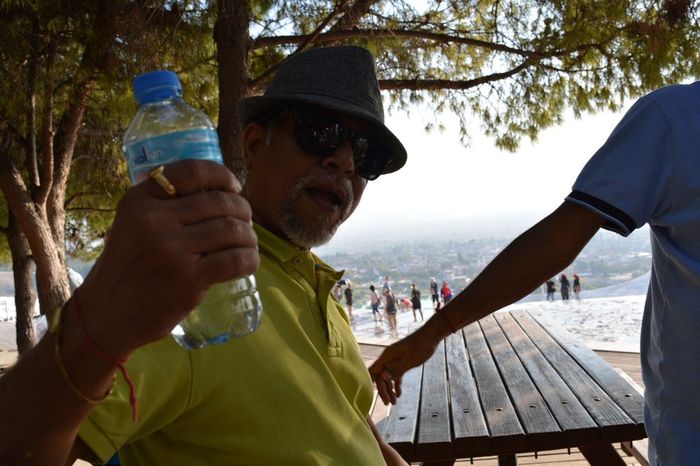Mesopotamia is the heart of modern Iraq. The lands to its east over the Zagros Mountains—the highlands of classical Persia and modern Iran— are its natural partners. The lower Tigris valley in particular remains in social and religious contact with Persia, particularly with the minority Shiite sect of Islam, a connection so ancient that only American politicians could possibly be surprised to learn of it. The agricultural prosperity and trading links of Mesopotamia well supplement the highland farming of Persia, and since the first millennium BCE, with the domestication of the camel and the Arabian breeding of the durable one-hump species, the caravan routes that stretched across the desert from the Euphrates to Syria created and strengthened a link that offered profit and possibility on all sides. The defenses that Persian warriors could offer against steppe marauders from beyond had the effect of assuring Mesopotamia a long and comfortable history.
But Mesopotamia and the Mediterranean are too close for comfort, too far apart for ease, and the fault line between their lands and peoples is ancient and unhealed. Two such prosperous and commercially minded worlds so close together had to interact—but long stretches of desert made a permanent bond untenable Gupta empire in India was deteriorating. Creating a civil society or polity to link the two has perplexed visionaries for millennia. From Alexander the Great to Crassus to Julian the Apostate, nothing was so certain in the ancient world as that the boundary between the dominions of the Mediterranean and of Persia was contested, unsettled, and unsettling.
Prosperity of Alexandria
For Cosmas, planning his merchant ventures from the comfort and prosperity of Alexandria, the borderland between Rome’s realms and Persia was what mattered. A chain of important frontier cities, changing hands from time to time and marked by a distinctive border culture, grew up and prospered—even when they changed hands. These cities spoke neither Greek nor Persian, but a Semitic variant of Aramaic. Today we call that language Syriac, but we must be careful not to over specify.
That language, long spoken along the Mediterranean coast from Palestine up along both sides of Mount Lebanon and out through the heartlands around Heliopolis (modern Baalbek) in the Bekaa valley, Apamea (Homs), and Damascus, spread naturally north and east as well. Antioch (modern Antakya, Turkey) to the north was its big-city home in the Roman world, and the busy countryside of prosperous towns and villages between Antioch and Aleppo spoke it as well, as did the forts and market towns east to and beyond the Persian frontier. The people who spoke Syriac formed a society nominally subject to Rome, but by the sixth century it was increasingly independent in matters of culture and community.
